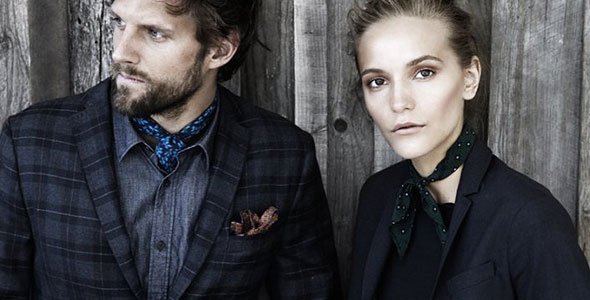A copyright protects an original artistic or literary work (such as a workbook for the workshop). Because they created “Hard Knocks” jointly, they are known as “joint authors.” This means that each has the 100% right to use “Hard Knocks” as if they were the sole author . . . so Sarah could use it with the non-profit without needing Fiona’s permission.
But Sarah would have to account to Fiona for any money that she made. Still, this can get awkward if Fiona demands to see Sarah’s books and Sarah refuses. At that point, Fiona might be confronting expensive litigation.
The solution: Set clear parameters on how and where each party can use the “Hard Knocks” program. They should also decide whether either of them can make any changes to the program without the others consent.
3. Think what the future may hold.
“Hard Knocks” could spawn its own industry and become known through its own trademark (a “mark in trade” – by definition, a word, phrase, symbol or design, or a combination of words, phrases, symbols or designs, that identifies and distinguishes the source of the goods of one party from those of others).
In addition to the board game and workshops there may be spin-off books, teleclasses, coffee mugs, workbooks or notebooks, and a host of other products and related services for which Sarah (or Fiona) could obtain a trademark (on the products) or service mark (on the services).
This would generate a number of trademark issues, the first and foremost of which is “who owns it?”
The solution: Fiona and Sarah can stave off a potentially ugly legal battle by agreeing on the trademark ownership and context of use.
4. Protection against other interlopers.
Assuming Fiona and Sarah move forward with the project – for example, by having the board game commercially manufactured – they need to be sure that no one misuses the “Hard Knocks” trademarks and design.
The solution: They can do this in several ways. First, they could formally apply for copyright protection for the game. There’s a lot of great information and forms available on the U.S. Copyright Office website.
Second, they will want to ensure that any designer they hire (for the game and any other Hard Knocks graphics or website) will create the designs as a “work for hire.” Why? Because rights in a design belong to the creator (designer), unless there is a written agreement that they have been created for the benefit of another (called “work for hire” in copyright terminology).
Finally, in dealing with the manufacturer of the game, Fiona and Sarah will want to confirm all of the pricing, quantity, and quality terms, plus ensure that the manufacturer will keep their game confidential. This is important because, while they cannot protect the general idea (of a board game that teaches life skills), they are entitled to protect their particular expression of the idea. So, confidentiality provisions are key.
Luckily, Fiona and Sarah were good enough friends that they could take a step back and address all of these issues in an amicable way that satisfied them both. But other entrepreneurs may not be so fortunate.
Before you start your next partnership or joint venture — whenever you’re in a collaboration situation, there may be intellectual property issues lurking around. Make sure you’re protected by consulting with a small business attorney. Otherwise, you leave your “brain child” vulnerable to kidnapping by someone else.
Connect with Nina on Twitter.
Did you enjoy this article? If so, subscribe to YFS Magazine and never miss an update. Don’t forget to make our friendship official and join Young, Fabulous & Self-Employed entrepreneurs on Facebook.
Photo: J. Lindeberg
© YFS Magazine. All Rights Reserved. Copying prohibited. All material is protected by U.S. and international copyright laws. Unauthorized reproduction or distribution of this material is prohibited. Sharing of this material under Attribution-NonCommercial-NoDerivatives 4.0 International terms, listed here, is permitted.

Nina L. Kaufman, Esq., owner of Ask The Business Lawyer, is an award-winning business attorney, speaker, and Entrepreneur Magazine online contributor. She saves consulting and professional services companies time, money, and aggravation by serving as their outsourced legal counsel. Connect with Nina on Twitter @NinaKaufman.
Show More


